

Max Davies
2026 Skoda Octavia: Mild-hybrid power confirmed for mid-size sedan, wagon
4 Days Ago
Manual v Auto? Chris Atkinson takes the WRX tS CVT on track to see if Subaru's auto option is the pick for performance enthusiasts.



Quickly see how this car stacks up against its competition. Select any benchmark to see more details.
Where expert car reviews meet expert car buying – CarExpert gives you trusted advice, personalised service and real savings on your next new car.
When you look at transmission technology these days, it is usually such an easy decision performance wise to choose an automated gearbox over a manual option.
To prove the point, on the CarExpert test track, the Porsche 718 Cayman GT4 PDK gained over half a second over its manual version and the Hyundai i30 N DCT almost gained a whole second over the manual variant.
With the Subaru WRX this worked out not to be the case – this is great if you would love a manual but find it hard to give up any performance gains from an auto, yet unusual at the same time.
Subaru appear to have really drawn a line in the sand for their customers, with the Lineartronic CVT (Continuously Variable Transmission) catering more towards everyday use, rather than performance.

As I mentioned on the Subaru WRX manual review, the upgrade from a 2.0-litre to a 2.4-litre turbocharged ‘Boxer’ engine, with 202kW of power and 350Nm of torque, is only a moderate increase of 5kW, despite adding 400cc in size.
The torque curve is wide and flat but could be pushed so much further from this engine, and although it is smooth and driveable I want it to be sharp and edgy – I want that surge of torque and the ability to rev it out.
Instantly I noticed a performance difference over the manual Subaru WRX, the energy transfer just wasn’t the same.
It didn’t have the same response as the manual either. Interestingly it felt the like the loss was across the whole rev range, making the experience on the track completely different.
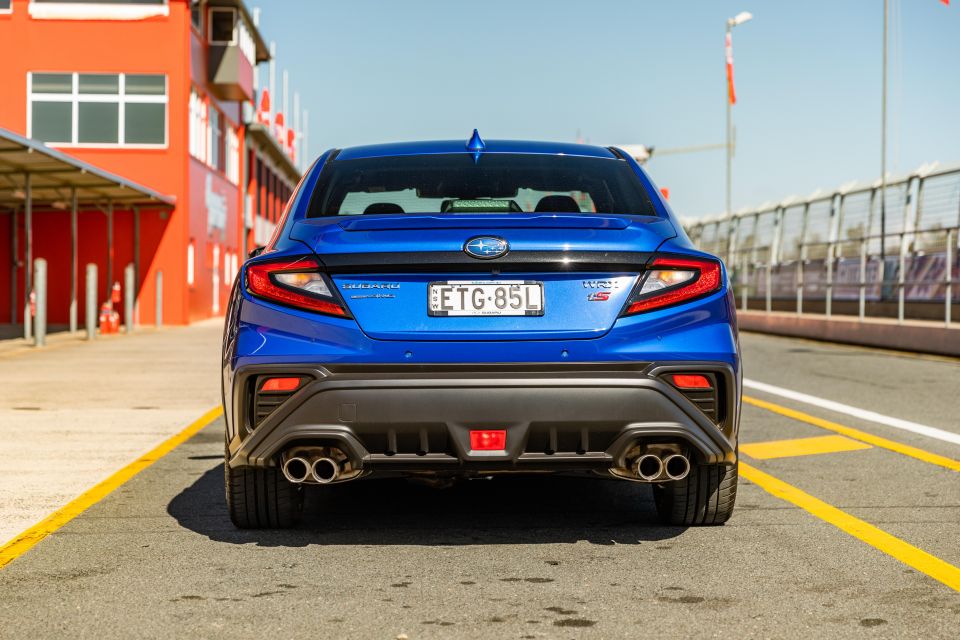
The issue of running out of revs from the manual was gone, but so was the urgency to upshift and the ability to balance the car with the throttle. There was a disconnect between the throttle and the reaction with the wheels and the road.
On a positive note, the torque curve is improved, making the engine driveable across the rev range for everyday use, but lacks the punch reminiscent of previous versions.
I managed a 0-100 of 6.47s for the CVT compared to 6.35s for the manual, but ideally would like to have seen times at least a second faster for both. The claimed time from Subaru shows exactly the same gap, with the CVT being 0.1s slower than the manual we tested, and I am sure that difference is due to the added weight in the tS variant.
Once again, this engine has so much potential, but it needs to untap that potential to keep up with the opposition.
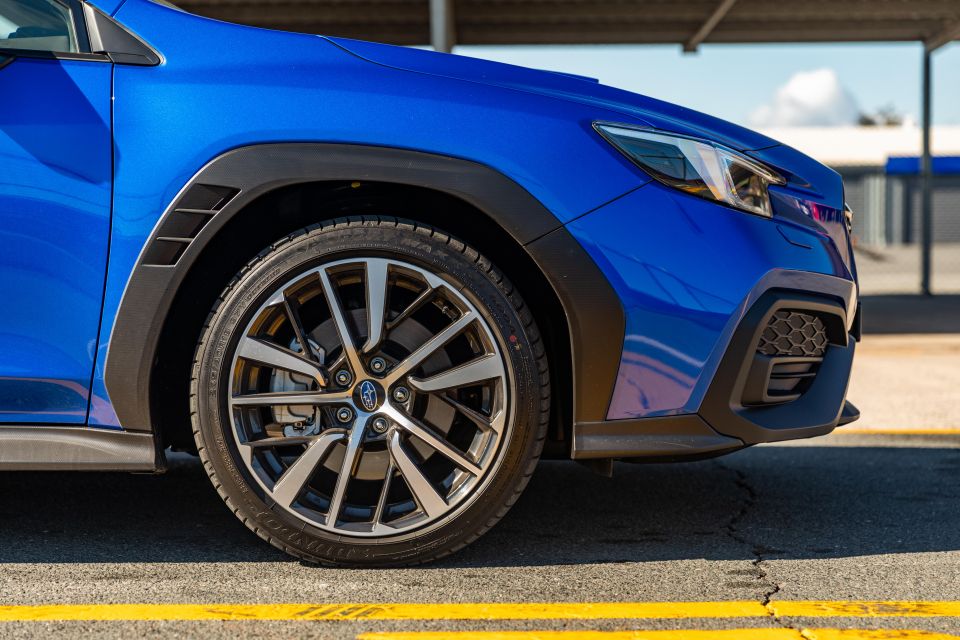
Braking performance was nearly identical to the manual Subaru WRX.
With a 100-0 time of 2.8s @ 36.03m, with the same brake pedal feel and a good ability to be able to modulate the pedal and control the release on the way into the corner.
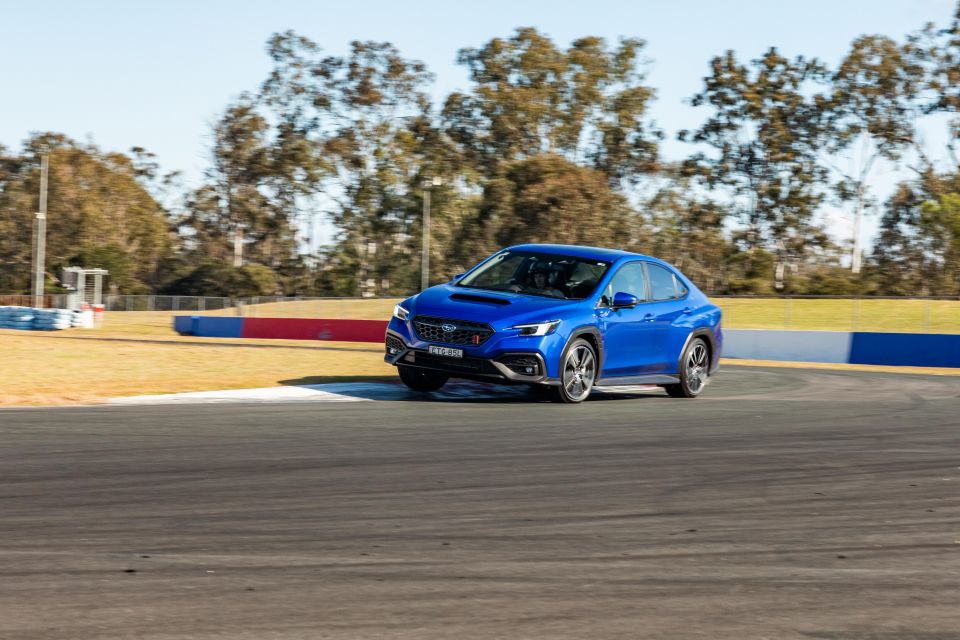
The chassis is actually the highlight for Subaru WRX, with a big improvement in underlying dynamics.
Overall balance is better, which is driven from improved chassis rigidity. The tendency towards understeer has been reduced and mid corner balance is now very neutral.
The challenge of driving a Subaru WRX has been reduced and there is a greater window of available performance on offer. Whenever I was trying to teach someone in older WRX’s they would always overdrive them, wasting time while I was yelling “WAIT!”.
It’s not a fight anymore and you can be more forceful with steering and throttle inputs without getting an adverse reaction.
Subaru have improved the front geometry as well as adding support across the rear of the car via the stabiliser bar. The potential of this chassis has been pushed a lot further and makes it much more capable on the track.

I really struggled to see the benefit of this CVT on the track, with the only gain being no need to shift gears. It was such a strange experience that left me wondering if this was even driven by a turbo-boosted engine.
The idea of the CVT is to negate the need for gears and uses pulleys that vary in width, and then for the driving experience it attempts to mimic the gear changes using set points in the range.
Now because it is always searching for the optimal point in the engine’s rev range, the sensation you get is completely different and you almost miss the layers of the engine. Mentally it feels like a slipping clutch, but it continues to move forward.
We all know that the more seamless you can make the gearshifts, the better it is. Therefore, in theory eliminating gear shifts altogether would be ideal for acceleration, like in EVs. So how do we lose straight-line performance over a manual gearbox, in a car that isn’t that easy to launch manually?
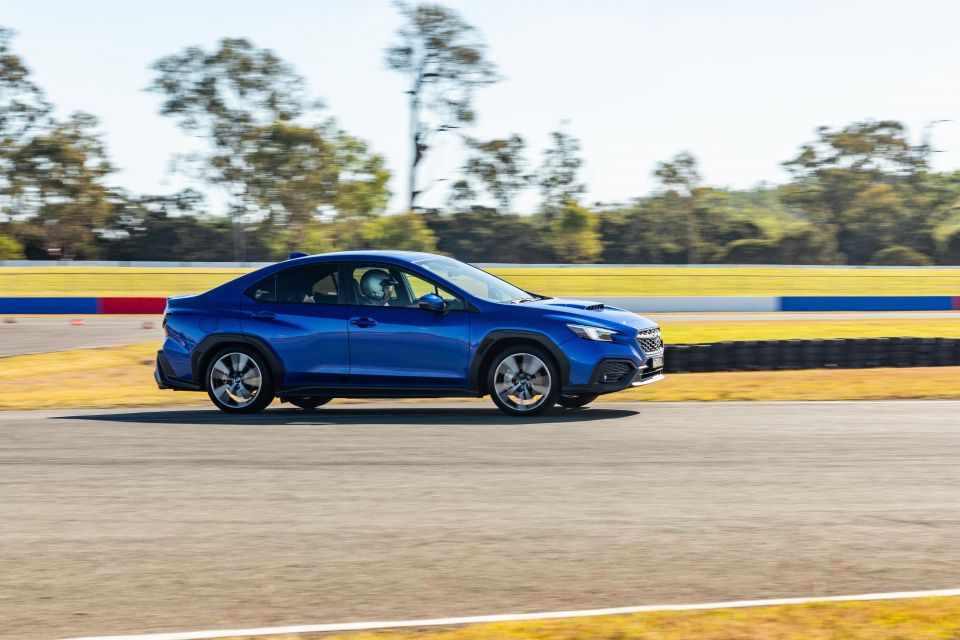
There also feels a slight disconnect between the throttle pedal and the output, and there seems to be a delay as the bands of the transmission adjust.
As for the sensation of power reduction, we would have to dig a little deeper, but the overall outcome is a drop in performance and a lack of engagement.
For the majority of driving, you may never notice this and there should be fuel economy benefits, but this are not what I am looking at when I am buying a WRX.
The all-wheel drive system is slightly different with the CVT, with variable torque distribution rather than the normal 50/50 split.
To really see how this worked, I would need a lower grip environment, but I didn’t find I had the ability to balance the car on the throttle. The WRX does feel very free and neutral throughout the corner, but it’s not a setup that you can hustle and induce a reaction from.
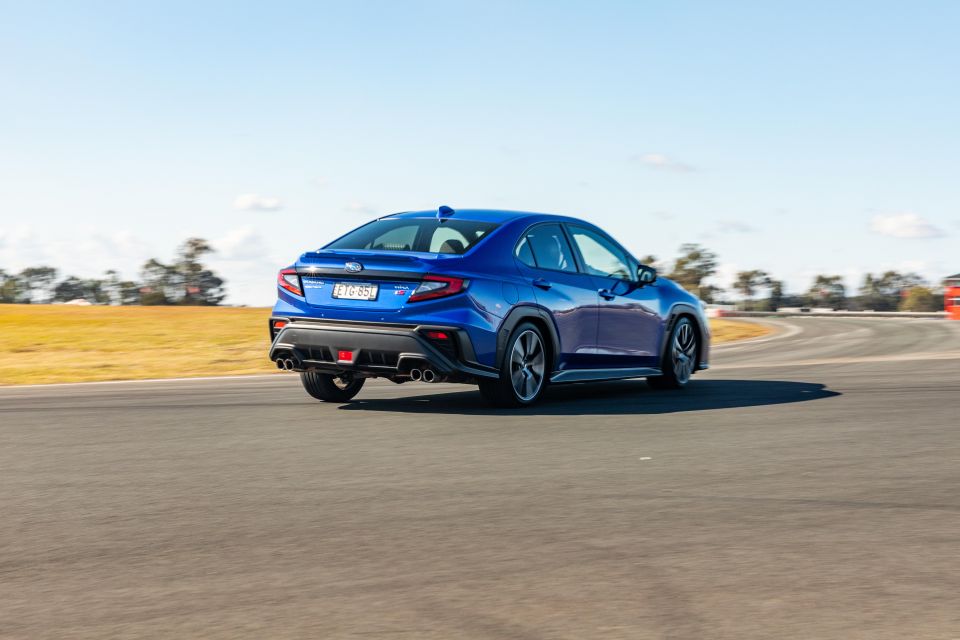
The Subaru WRX tS gains electronic control (adjustable) dampers over the manual version we tested, a similar system to that used in the Hyundai i30 N – using a solenoid at the bottom of each damper.
Because the driving experience was so different between the manual and the CVT, it was actually a challenge to pick up a huge difference in the suspension.
There felt like an improvement in lateral grip, especially when loaded in the middle of the corner and the control in higher speed corners was improved as well.
As with all Subaru’s it had good support on bumps and when attacking kerbs.
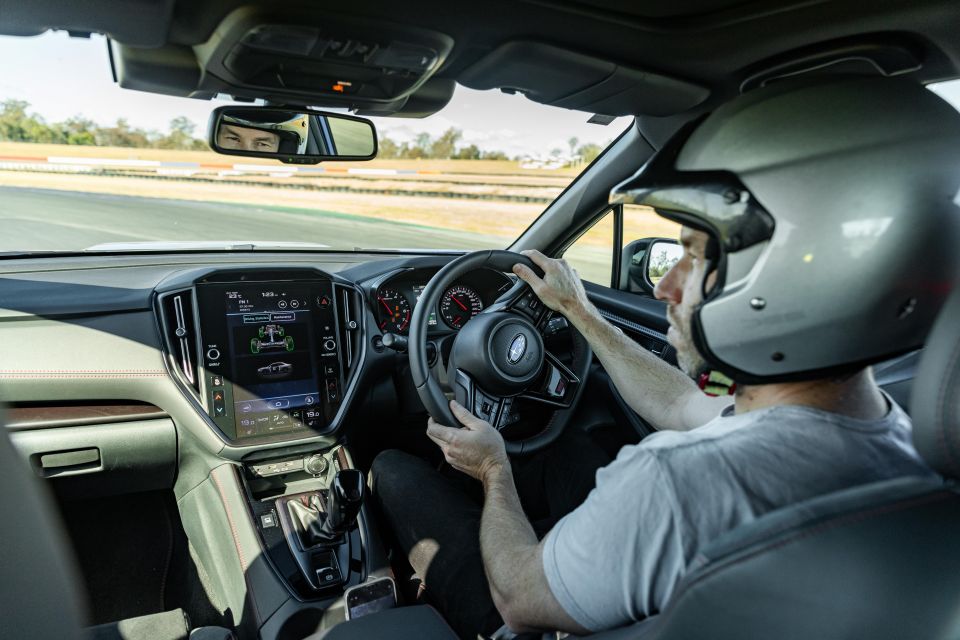
My response here is identical to the manual, and I wish they had just left this part of the car untouched compared to the previous generation.
There is a real lack of connection and feeling between the steering wheel and road.
I am sure they will improve on the feedback for future versions, and most people are not going to notice a huge difference and for general driving and parking.
But for what was once a highlight of the Subaru WRX, this is definitely missed.
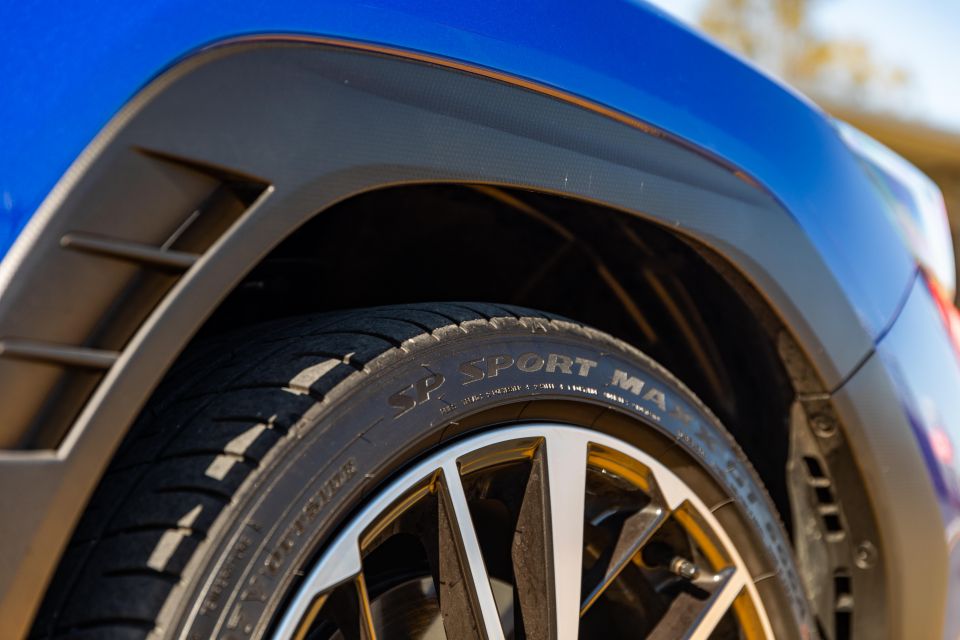
The tyres between the Subaru WRX manual and CVT are identical, using Dunlop SP Sport Maxx GT 245/40 R18s.
The tyres worked fine on the track and there wasn’t a huge drop off in performance over the laps, but I felt like they missed a bit of outright performance and lap time compared to something like a Michelin Pilot Sport 4S.
I ran with everything exactly the same as the manual WRX, power unit Sport#, steering in Sport, suspension in Sport and AWD in Sport, with no traction or stability control.
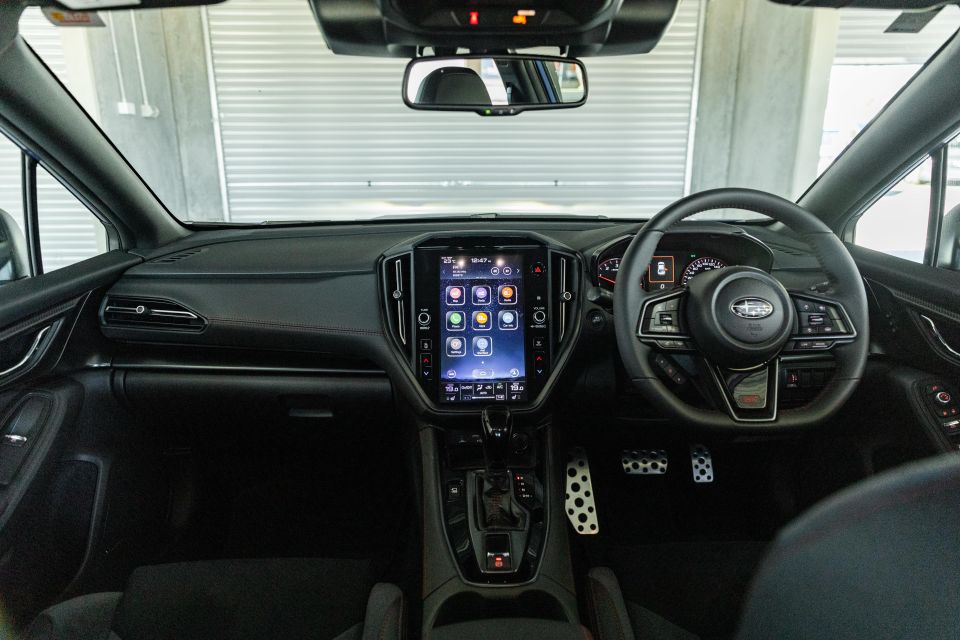
I liked the steering wheel; it had good texture and grip although is slightly thicker than ideal.
The seating position was good, and the lateral support on the track was reasonable.
Also the drive mode select screen, is very user friendly and easy to adjust.

For me, this is really a straight shootout between the Manual and CVT versions of the WRX, which you think would be a pretty close fight.
When you look at driver engagement you should go manual every time, and the benefit in the suspension in the Subaru WRX tS is not make or break. So then, it just comes down to lap time and it might be no surprise the manual wins there as well…
At 62.26 seconds, the WRX CVT is almost a full second slower than what I did in the manual WRX (61.37 seconds) a few weeks earlier, with a more dynamic and engaging experience. Bucking the trend of other manual v auto transmissions, there really is a distinct target market difference between the two versions.
Whilst outright lap time is not the only factor in choosing a driving experience – for better or worse – Subaru have made the choice a bit easier for the manual fans out there.

Click the images for the full gallery
MORE: Everything Subaru WRX
Where expert car reviews meet expert car buying – CarExpert gives you trusted advice, personalised service and real savings on your next new car.


Max Davies
4 Days Ago


Ben Zachariah
6 Days Ago
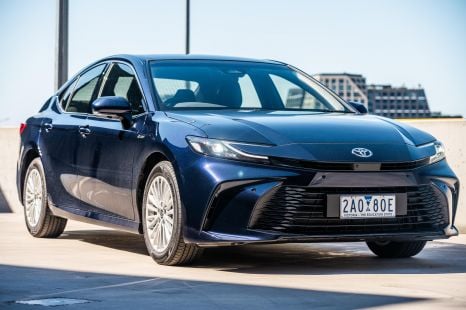

William Stopford
1 Month Ago
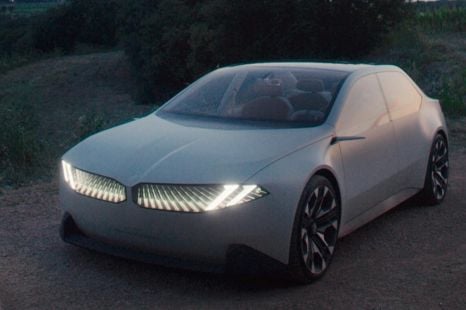

Damion Smy
2 Months Ago
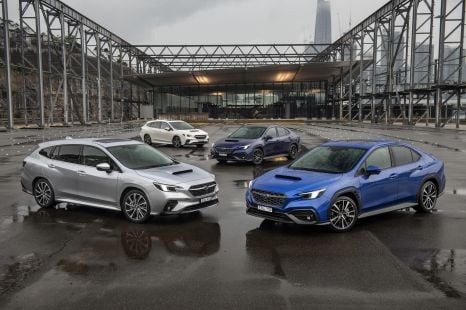

Max Davies
2 Months Ago


Marton Pettendy
2 Months Ago